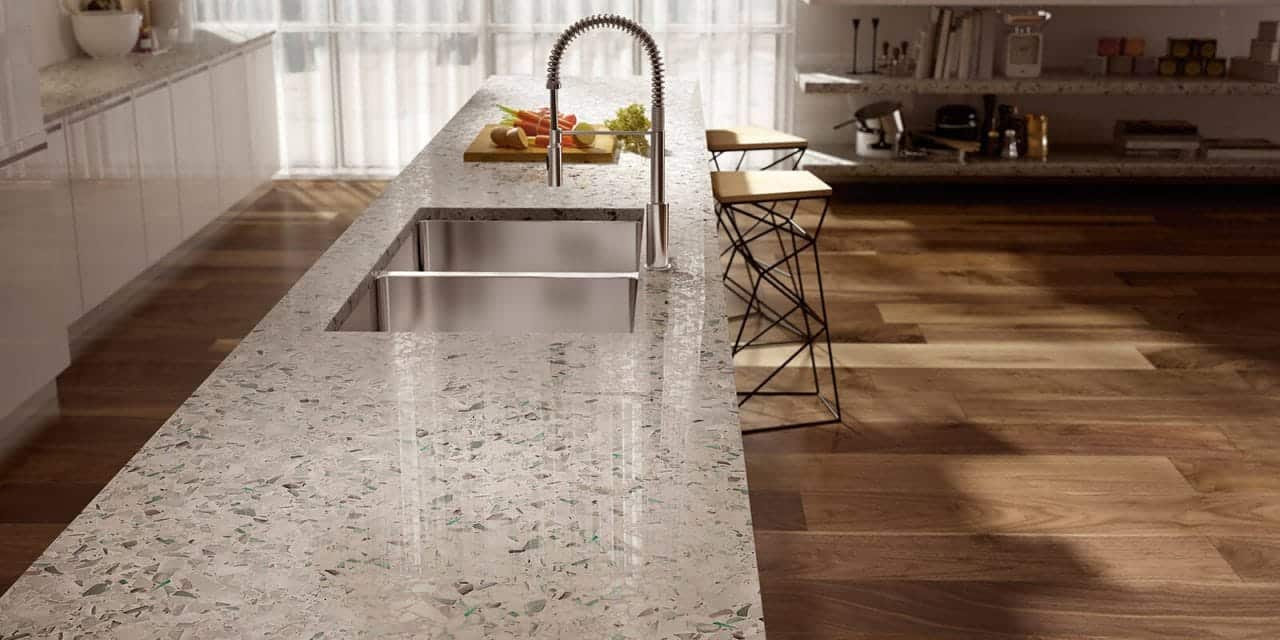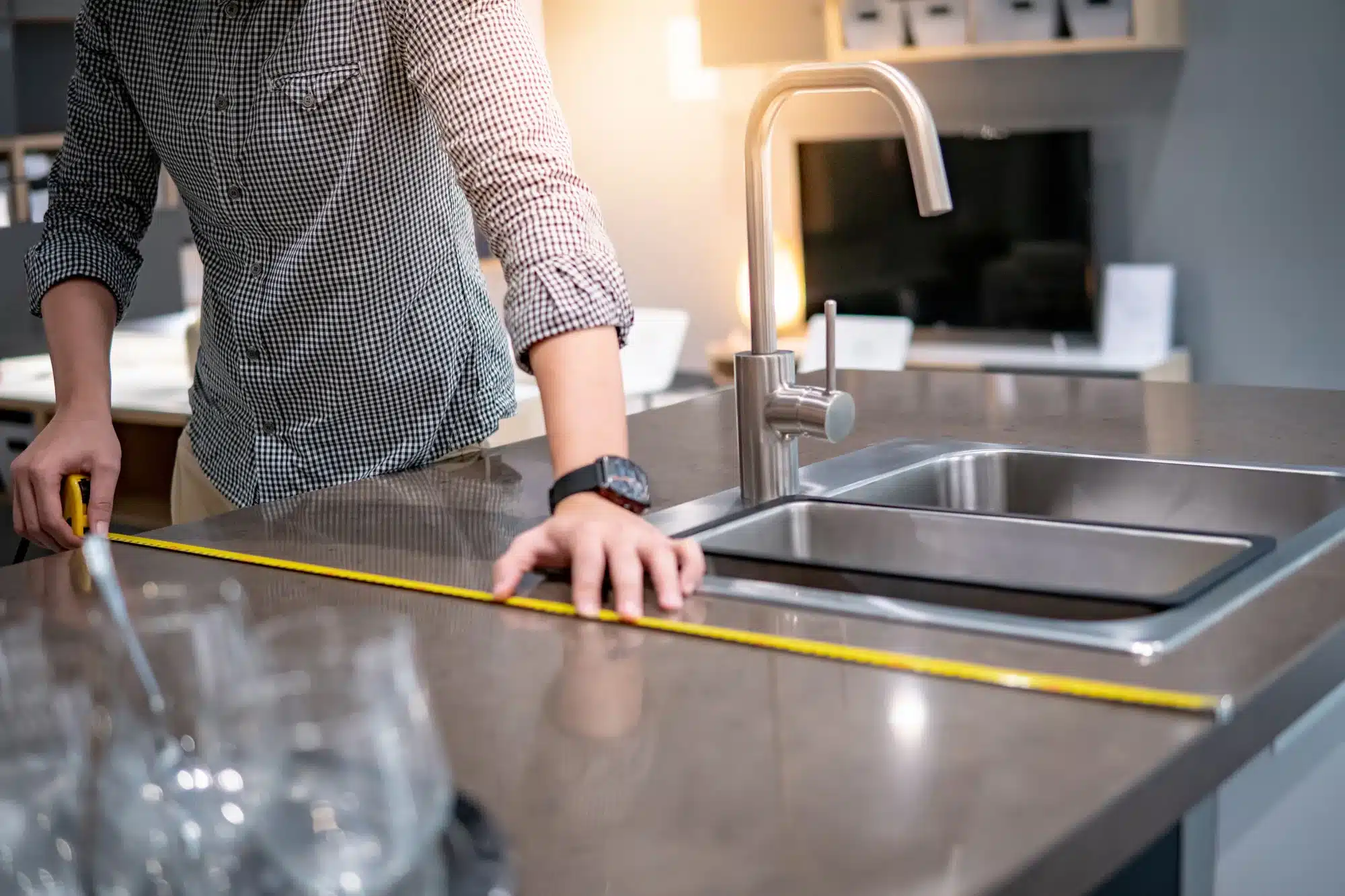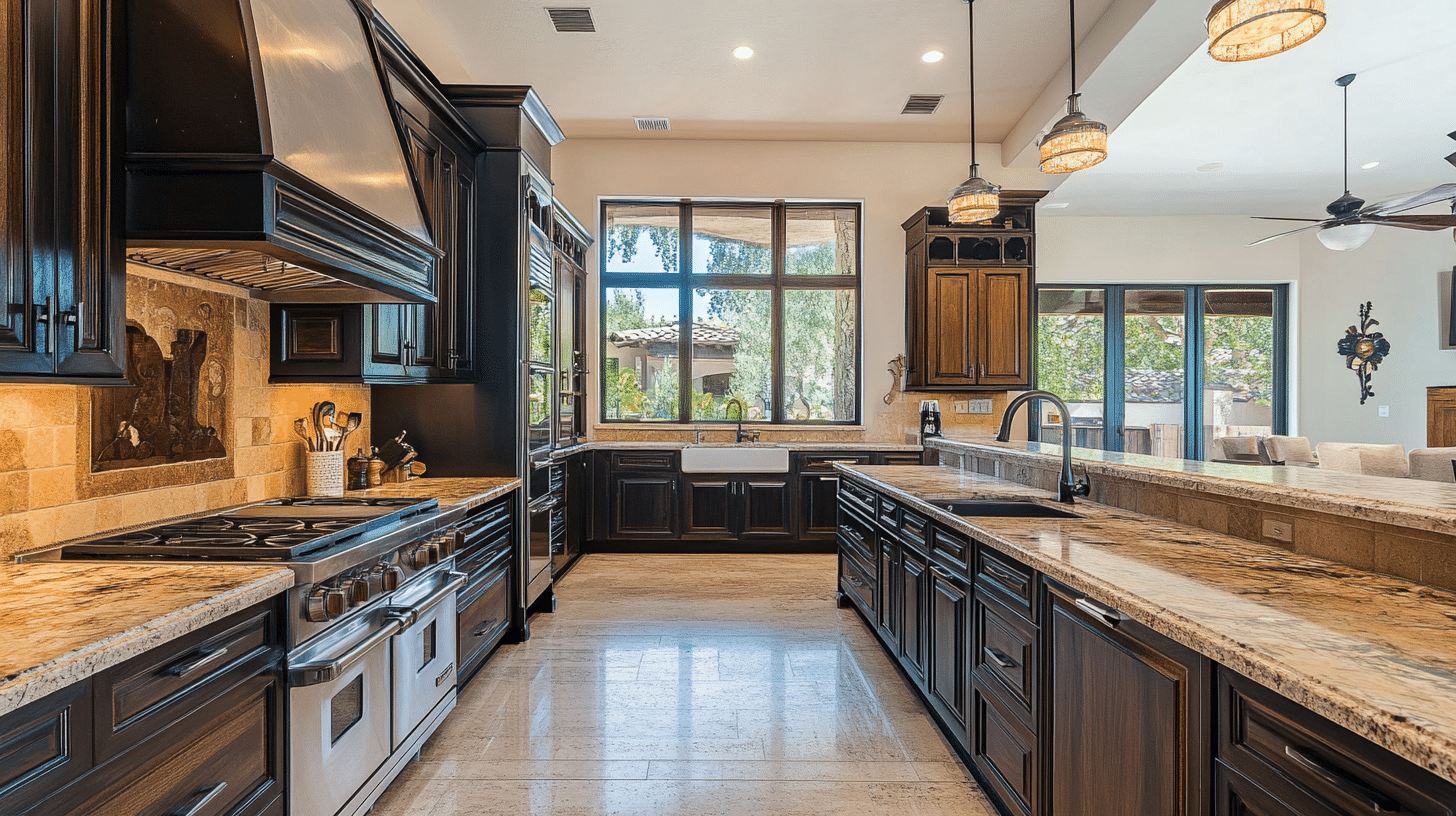The kitchen is among the focal points of your home, as it feeds your family and entertains guests. When you walk in, what’s the first thing you notice? For many, it’s the countertops. The ones you pick are integral to defining your aesthetic. What should play into your decision? Here are seven factors to remember when choosing the best countertops.
1. Check the Price
First, setting a budget and considering your preferred price range is essential. Whether for a new home or a renovation, the countertop costs can add up quickly.
For example, thicker countertops typically cost more because you use more materials. While you can save money with thinner choices, you may need sturdier countertops in specific areas. The kitchen may need thicker material because it sees daily use, whereas areas of your home with less traffic won’t.
2. Consider Maintenance Costs
The price tag of your next countertop only tells part of the story. You must also consider the maintenance costs and how much the upkeep will affect your wallet. How easily can you fix the countertop if something happens? Your material selection and installation will influence the maintenance, so consult an experienced professional for each project phase.
If you don’t mind maintenance, granite countertops could be a solid choice. This selection requires occasional sealing due to the material’s porous nature. Heavy use could mean more frequent sealant applications to ensure your counters don’t have permanent stains. Homeowners who want less maintenance may benefit from quartz countertops.
3. Account for the Environment

Sustainability is essential for the modern home, and it matters to buyers. If you plan to sell your house, account for the environment by being conscious with your countertop material.
So, how can you choose eco-friendly countertops? Consider recycled materials for your project. Modern tactics have made these home components just as durable if they contain recycled glass or concrete aggregates. Salvaged materials are preferable because they don’t consume raw resources. By taking what’s already in use, you can lower your carbon footprint and show off your green thumb.
4. Examining Heat Resistance
Your countertop will endure years of use, especially in the kitchen. Heat resistance is a key consideration for hot pots and pans. Which materials can tolerate the highest temperatures? If you place your hot kitchenware on the counter, you’ll need more durable countertops. Repeated heat exposure could cause discoloration, melting or peeling.
If strength is your top concern, choose quartzite for its rugged and durable composition and resemblance to marble. These countertops require annual re-sealing to prevent stains or other damage and ensure durability. Conversely, quartz countertops are more vulnerable to heat damage. Repeated exposure to temperatures over 500 degrees Fahrenheit could cause the counters to crack and show burns.
5. Gauge the Installation Difficulty

When it’s time to install the countertops, you could find yourself at a crossroads. Should you install them, or would it be wiser to hire a professional? It depends on the material you choose. If you get quartz or quartzite countertops, consulting a contractor may be the best route. These minerals are dense and challenging to cut, thus necessitating professional help.
If you want to make the counters a DIY project, you may have better luck with laminate. This material is lightweight and more manageable than quartz when cutting. A saw, measuring tape and other basic tools should be all you need for this installation. These projects become even easier when you pick prefabricated options to fit your dimensions.
6. Fit the Countertop to the Room
The countertop is just one part of the space. However, you want it to blend in naturally with the surroundings. Homeowners should base their countertop selection on color, materials and patterns. Suppose you installed new bathroom wallpaper, and it’s time to redo the countertops — choose a material and color that coordinates with the new walls.
Quartz is among the best options because it’s nonporous and resists stains. Another consideration should be the specific theme you want in the room. If your goal is a farmhouse aesthetic, wooden countertops may be the best option in the kitchen. With this natural look, your counters add to the cozy atmosphere. Conversely, a rustic theme could benefit from granite or marble countertops due to their beautiful finishes.
7. Choose an Edge Profile
Countertop installation is a significant project, so it’s essential to get the details precisely how you want them. One of the most overlooked elements of the process is the edge profile. The end of your counter goes a long way in the appearance, whether you want a traditional or contemporary look. It can also affect cleaning and safety for your home’s occupants.
If you like the classics, a full bullnose edge may be the best option. This traditional edge profile is also great for safety because it’s not sharp. Countertop edges with less smoothness include ogee or beveled edges. These designs fit your kitchen or bathroom needs if you want elegant touches and are less concerned with sharpness.
Getting the Best Countertops for Your Home
If you like to cook and entertain, your countertops are a big deal. These components say a lot about your home and your desired aesthetic. Before deciding on your countertops, it’s essential to do your research and ensure you make the right choice. Which material and colors best fit your bathroom or kitchen? Choosing the right options for your home can transform your desired design.
Author bio: Cora Gold is a home writer and editor of women’s lifestyle magazine, Revivalist. Connect with Cora on LinkedIn, X and Pinterest.

